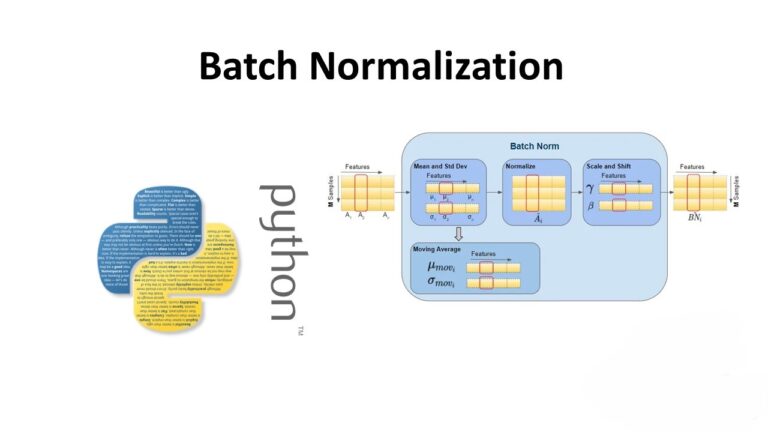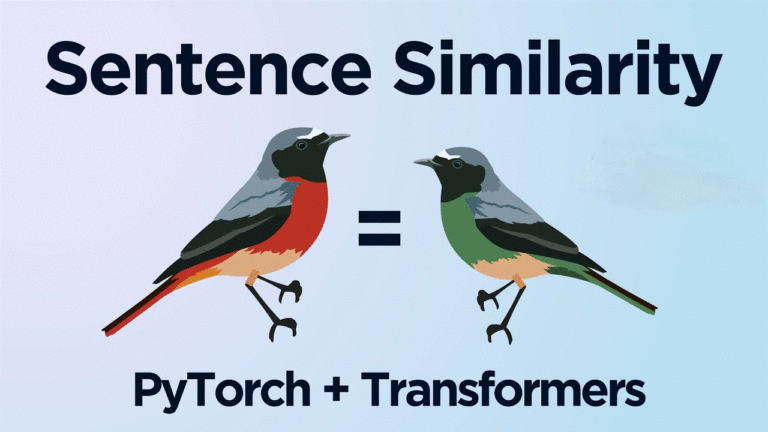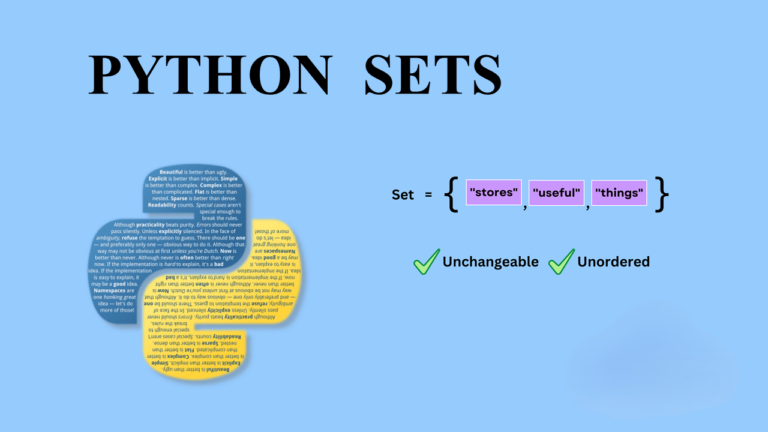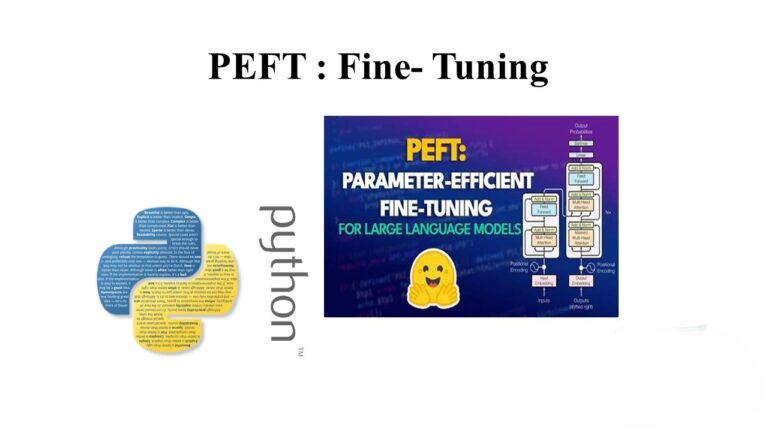A Deep Dive into Text Classification with TF-IDF
Introduction:
Unlocking the potential within textual data is a rewarding journey, and text classification, a cornerstone of Natural Language Processing (NLP), stands as a beacon in this exploration. In this blog post, we delve into the intricacies of text classification using Python, Pandas, NLTK, and scikit-learn. Our practical example revolves around travel and food-related sentences, illustrating the application of TF-IDF (Term Frequency-Inverse Document Frequency) in extracting meaningful insights.
Setting up the Data:
Our dataset encapsulates the essence of travel and food experiences, with each sentence tagged with a category (‘t’ for travel and ‘f’ for food).
import pandas as pd
content = ["i will be travelling to mumbai in train",
"i will be eating in train",
"i love travel alot",
"i love to eat south indian food"]
classes = ['t','f','t','f']
dic = {'category': classes, 'description': content}
df = pd.DataFrame(dic)
The table representation of the data is as follows:
| category | description |
| t | i will be travelling to mumbai in train |
| f | i will be eating in train |
| t | i love travel a lot |
| f | i love to eat south indian food |
Fig : Sample Dataset

Text Preprocessing:
A crucial step before classification involves text preprocessing, including stemming to reduce words to their root form. Here, the PorterStemmer from NLTK aids in this transformation.
from nltk.stem import PorterStemmer
ps = PorterStemmer()
all_words = " ".join(content)
stem_words = [ps.stem(w) for w in all_words.split()]
vocabulary = set(stem_words)
Feature Extraction with TF-IDF:
Moving forward, the TF-IDF Vectorizer from scikit-learn transforms our raw text data into numerical features, assigning weights to words based on their importance in each document and across the entire corpus.

from sklearn.feature_extraction.text import TfidfVectorizer
corpus = [
'This is the first document.',
'This document is the second document.',
'And this is the third one.',
'Is this the first document?'
]
vectorizer = TfidfVectorizer()
X = vectorizer.fit_transform(corpus).todense()
words = vectorizer.get_feature_names()
sentences = [sentence for sentence in corpus]
df_transformed = pd.DataFrame(X, index=sentences, columns=words)
Unveiling Insights:
Our journey through text classification reveals the significance of text preprocessing and TF-IDF in deciphering meaningful patterns within textual data. The amalgamation of NLP techniques and machine learning tools empowers data enthusiasts to navigate and derive insights from diverse text datasets.
Conclusion:
In conclusion, this exploration showcases the transformative potential of NLP and TF-IDF in the realm of text analysis. Armed with the knowledge of text preprocessing, feature extraction, and classification techniques, analysts and data scientists can unravel valuable insights from the ever-expanding realm of textual information, enhancing decision-making processes across various domain.
About the Author:
I am Kishore Kumar K, a dedicated data scientist with a passion for unraveling insights hidden within complex datasets. With a background in MBA in Business Analytics and a BCA in Computer Applications, I have honed my skills in statistical analysis, machine learning, and data visualization.







